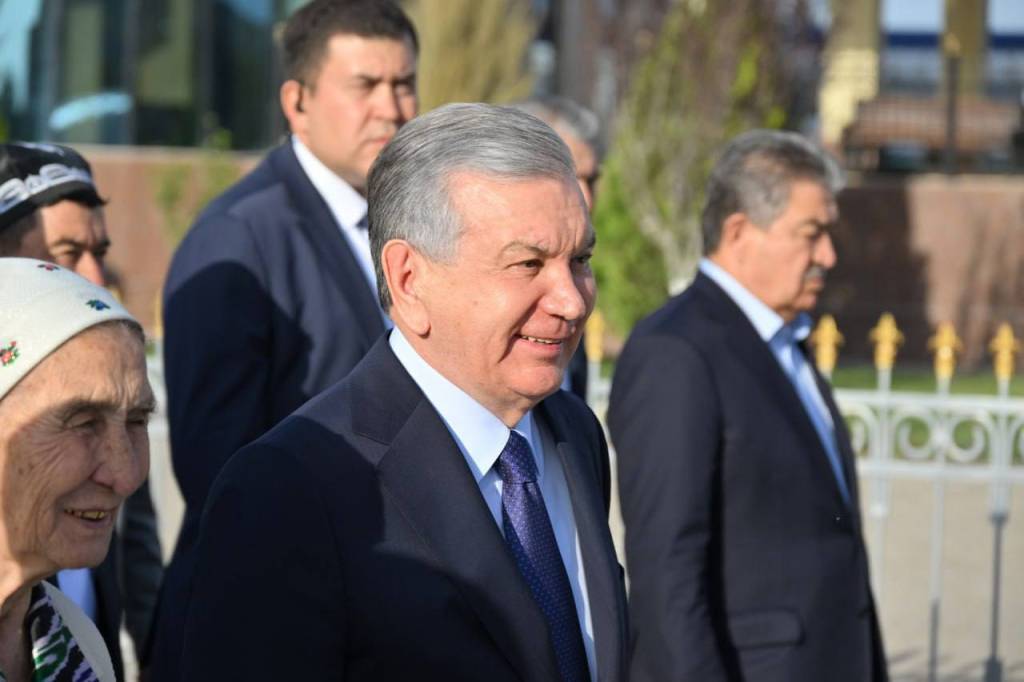
President Shavkat Mirziyoyev inspected domestically produced railcars and reviewed the electrified Urgench – Khiva railway line.
The 465-kilometer Bukhara – Urgench – Khiva railway has been fully electrified. Along its route, 960 kilometers of protective fencing have been installed, and various engineering structures have been built.
Six high-speed electric trains from South Korea’s Hyundai Rotem will be procured for this line. Starting next year, these trains will operate on the Tashkent – Khiva route under the name “Jaloliddin Manguberdi”.
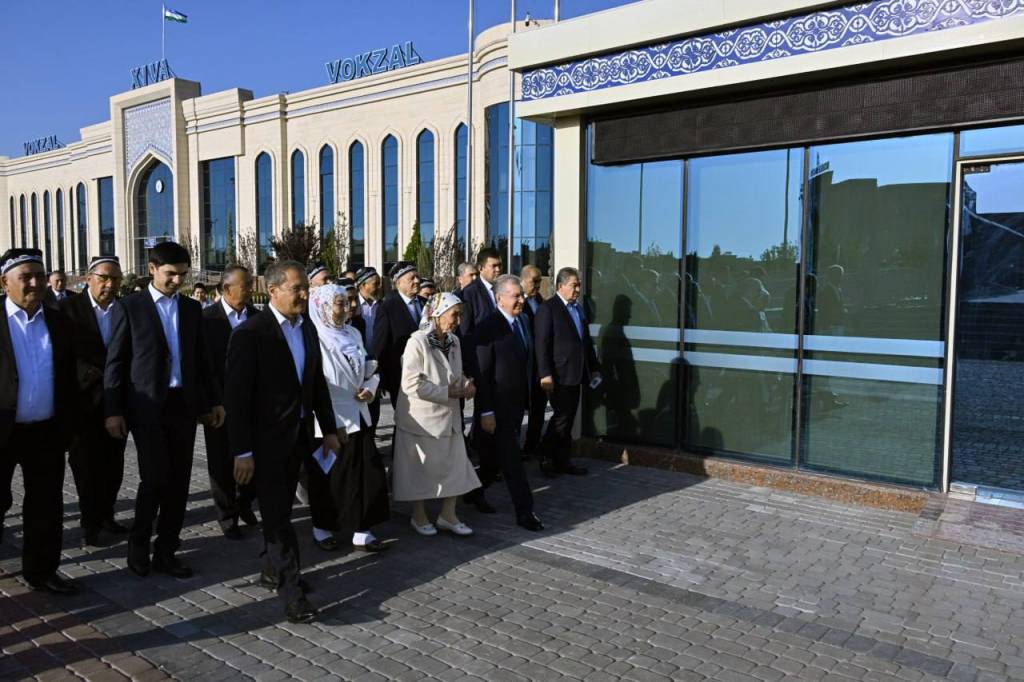
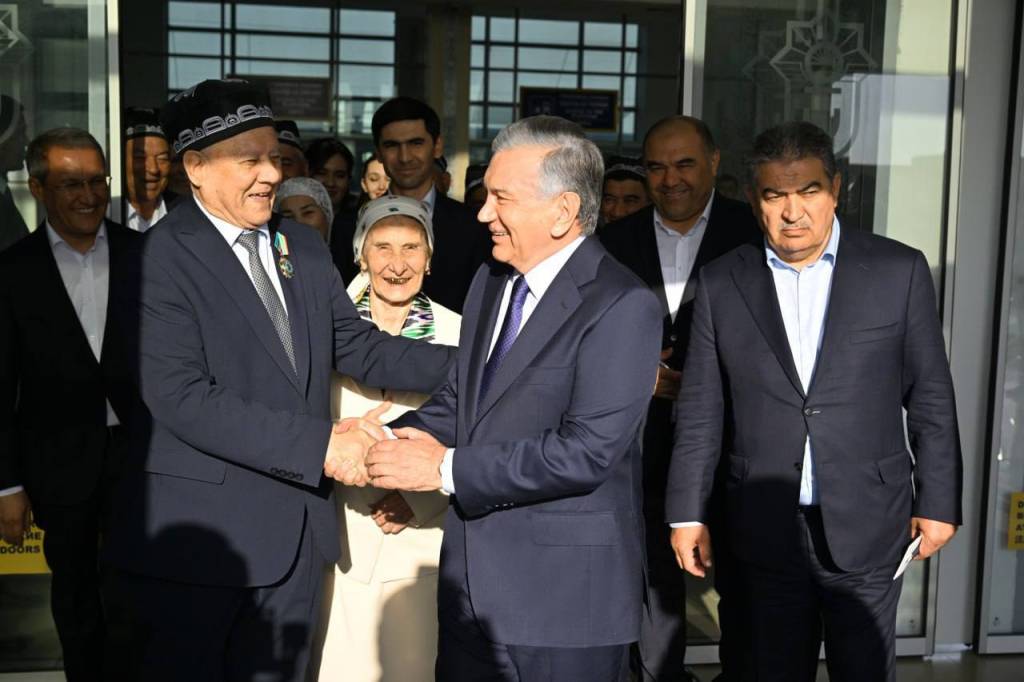
As a result, the railway will be able to serve over 3 million passengers annually. While the journey from Tashkent to Khiva takes 14 hours, the new electric trains will reduce travel time to 7 hours and 40 minutes.
The freight capacity of the railway line is expected to rise to 6 million tons, up from the current 1 million tons.
In accordance with the Presidential Resolution of October 10, 2023, on the comprehensive reform of the railway sector, Uzbekistan is actively renewing its fleet of railcars. In particular, $50 million from the Reconstruction and Development Fund has been allocated to strengthen the railcar manufacturing industry. The first 10 new passenger railcars were produced in the first quarter of this year.

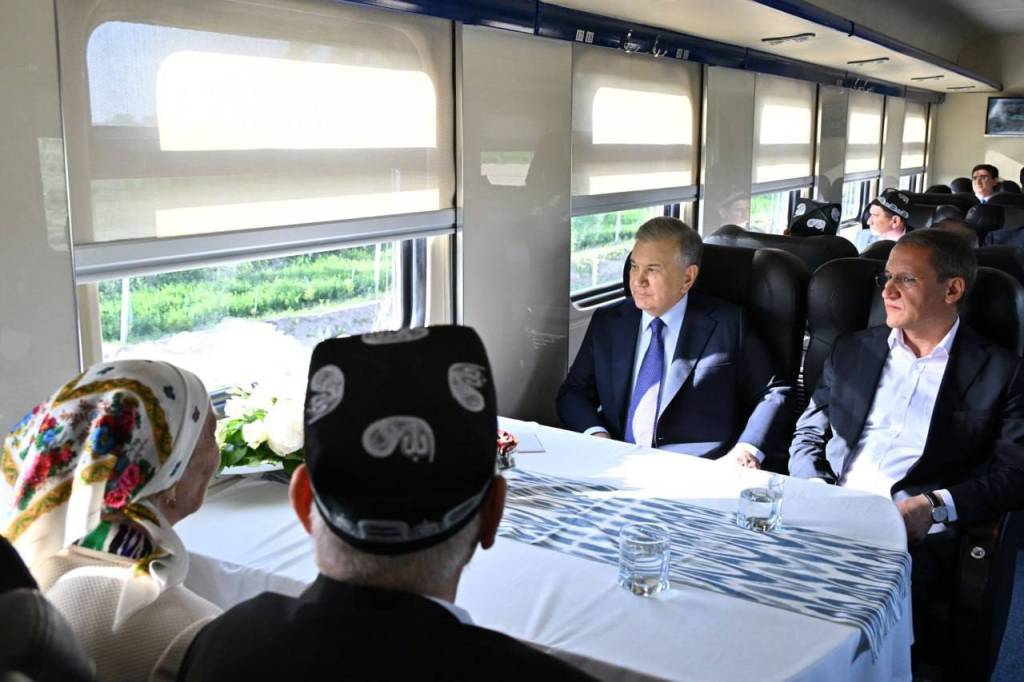
The Head of state reviewed the facilities and amenities offered in these new railcars.
Over the next two years, the number of passenger railcars is expected to increase to 70 units, with outdated models gradually being phased out. This expansion will enable the railway system to carry more than 1 million additional passengers annually.
President Shavkat Mirziyoyev traveled on the new train from Urgench to Khiva together with representatives of the public. During the journey, he observed the landscaping efforts along the route and the saplings planted along the edges of the fields.
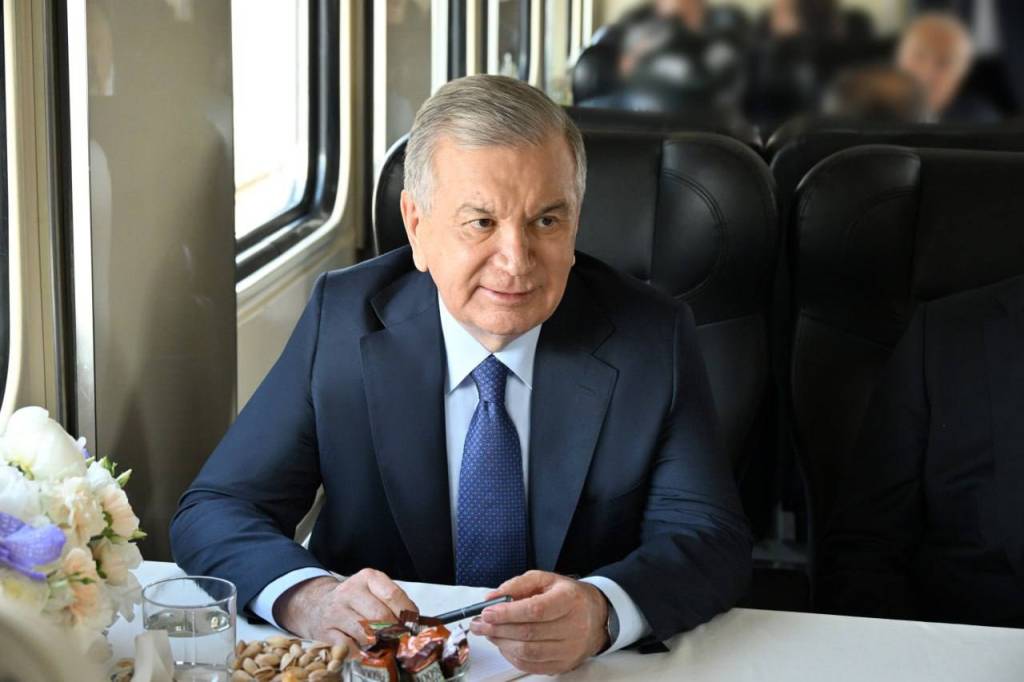
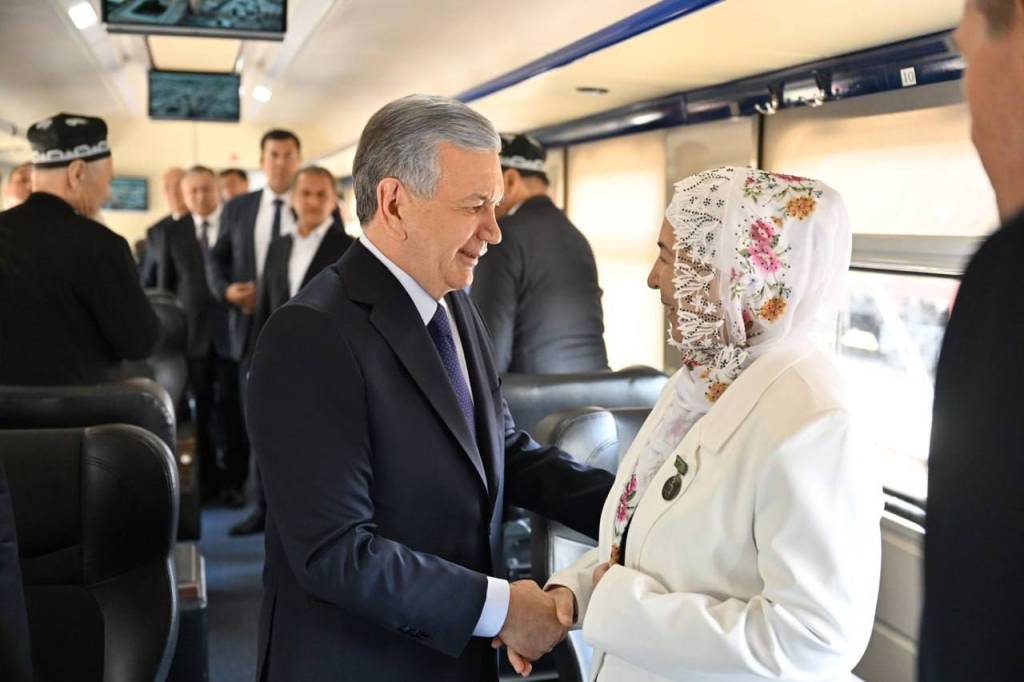
Last year, as part of the national “Yashil Makon” (“Green Space”) initiative, approximately 10 million trees and shrubs were planted across Khorezm region. Major industrial enterprises have also contributed by establishing their green belts.
Agricultural activities were also expanded this spring: over 1,100 hectares along fields and irrigation canals were sown with high-yield, marketable crops. Entrepreneurs have guaranteed the purchase of the harvested produce. The Agroko‘makchi mobile application allows the public to access information about available land plots, further supporting efficient land use and community engagement in agricultural production.

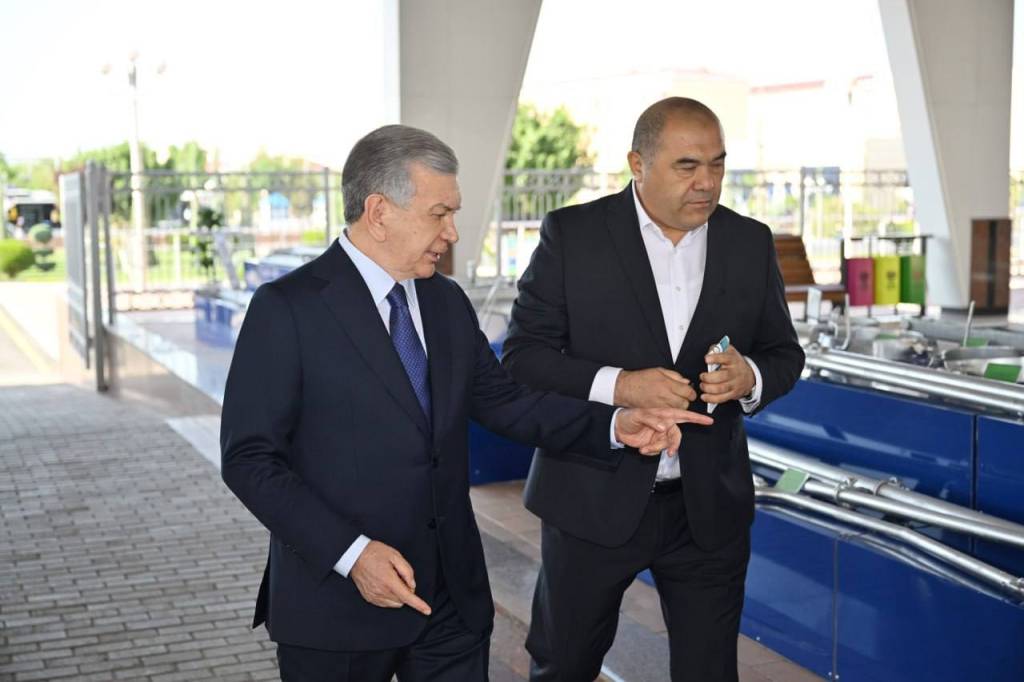
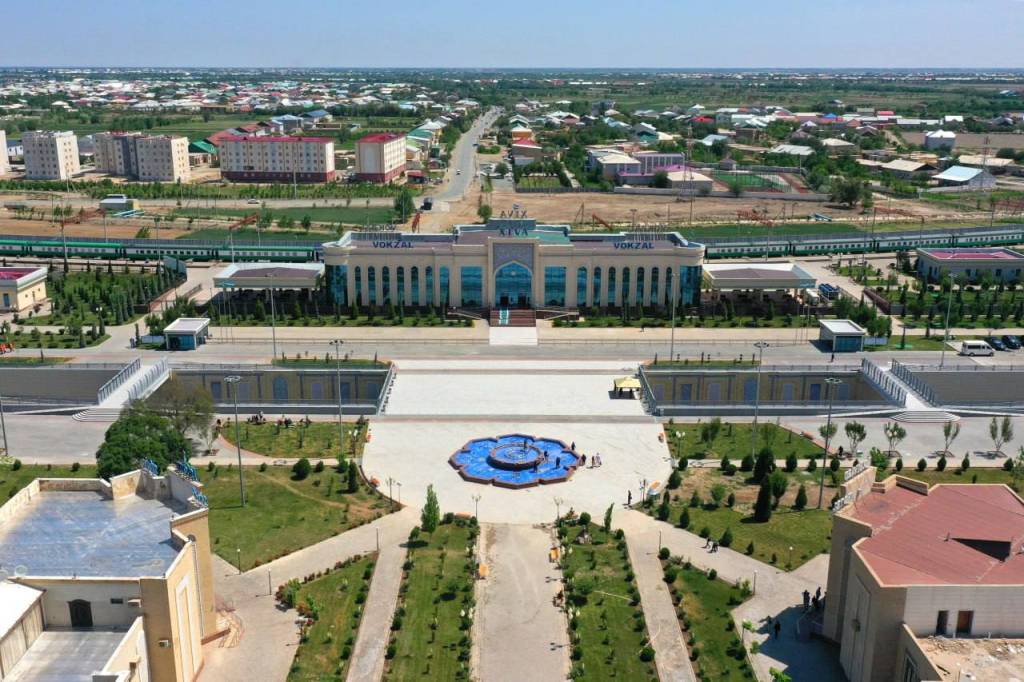
UzA








